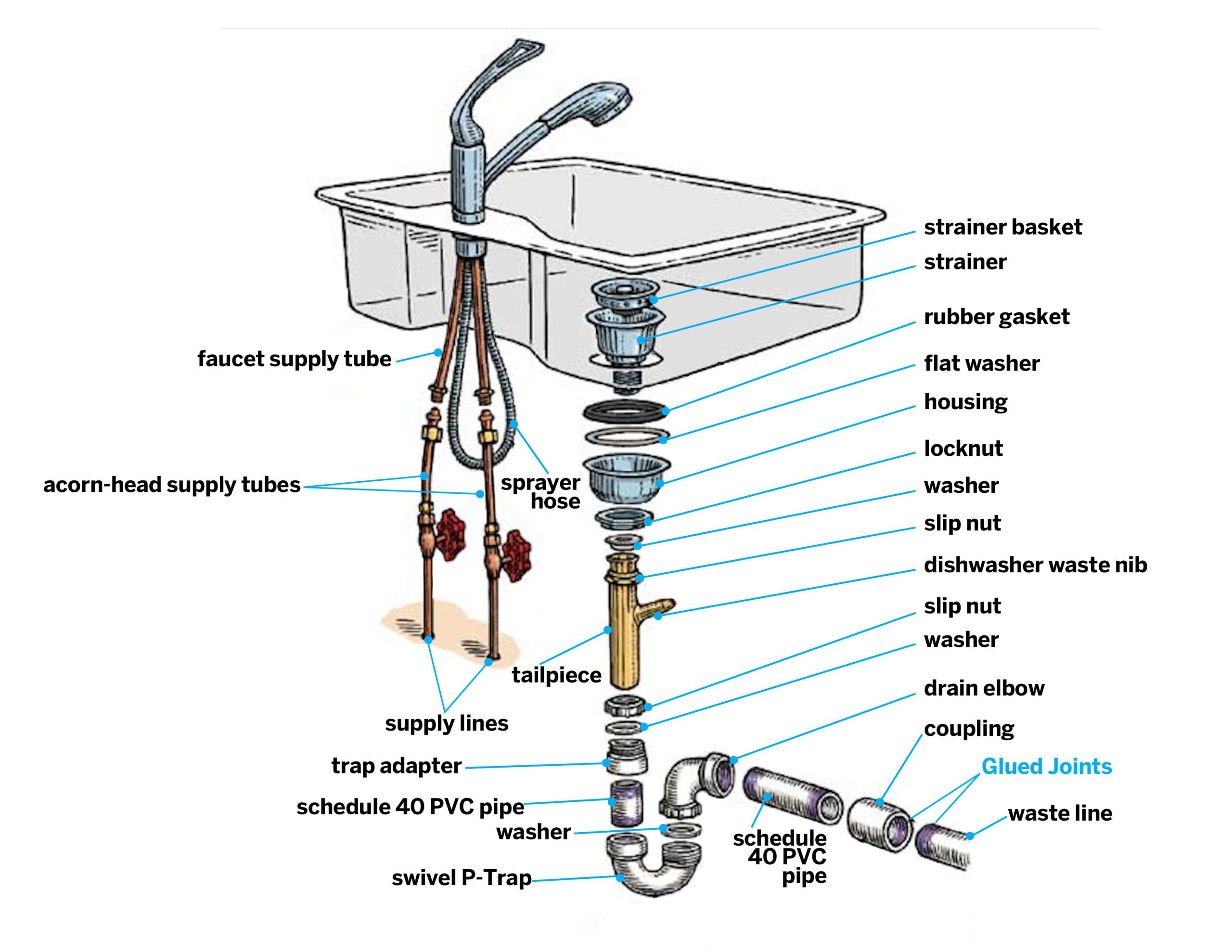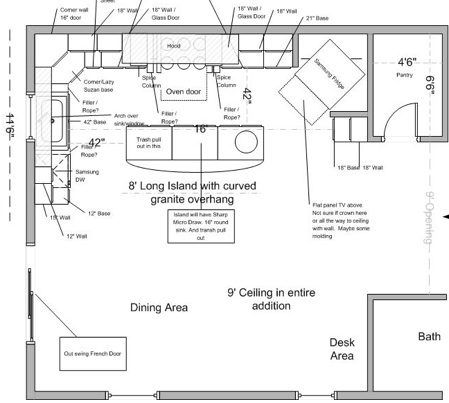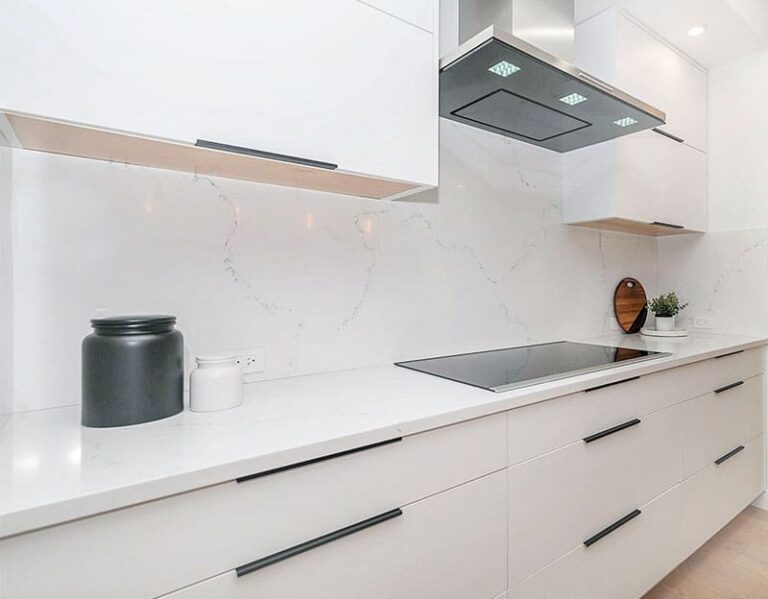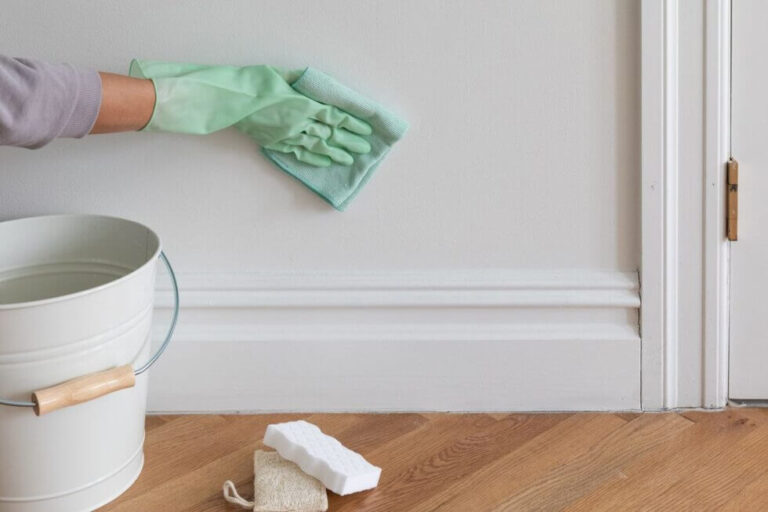How To Install A Kitchen Sink Drain
Installing a kitchen sink drain is a relatively easy process that can be done with a few basic tools. By following a few simple steps, you can have a functioning kitchen sink drain in no time. With the right supplies and some patience, you can easily install a kitchen sink drain yourself and save money on hiring a plumber.
Preparing the Area and Tools
Installing a kitchen sink drain is an essential part of any kitchen renovation or repair project. To get the job done right, you’ll need to have the right supplies and tools in place. Preparation is key for any successful kitchen sink drain installation. Before you begin, make sure to measure your sink and piping to determine what size parts are needed.
Once you have the right supplies and tools, it’s time to begin the installation. First, make sure the area around the sink is clean and clear of any debris. Then, turn off the water supply to the sink, and disconnect the existing piping. If the sink is being replaced, you’ll need to remove the old sink from the countertop. Once the old sink is removed, you can begin to prepare the area and install the new sink drain.
You’ll need a few basic tools for the job, including a pipe wrench, a propane torch, a pair of pliers, and a screwdriver. Make sure you have all the necessary supplies, such as new piping, gaskets, Teflon tape, and a putty knife. Once you have all the necessary parts and tools, you’re ready to begin installing the kitchen sink drain.
Removing the Existing Drain
Removing the existing kitchen sink drain is an important step in installing a new one. Depending on the age and condition of the existing sink, this could be a relatively simple or complex task. Start by shutting off the water supply to the sink and disconnecting the pipes. Then, unscrew the existing drain from the sink. If the sink is old, the drain may be corroded and stuck, so use caution and patience when removing it. Once the drain is out, you’ll need to inspect the pipes and make sure they are in good condition and not cracked or damaged. If necessary, you can replace them with new pipes. If the pipes are in good condition, you can use them for the new drain.
Securing the Drain Flange
Securing the drain flange is often a step that can easily be overlooked when installing a kitchen sink drain. The drain flange is the part of the sink where the sink bowl and drain pipe join. It is important to ensure the drain flange is properly secured to ensure a proper and secure fit. One of the best ways to do this is to use plumber’s putty. Plumber’s putty is a type of putty that can be easily molded and is designed to create a water-resistant seal. To install the drain flange, you’ll first need to spread the plumber’s putty around the top edge of the sink bowl. Then, carefully place the drain flange in the sink and press down firmly. Make sure to wipe away any excess putty. Once the flange is secured, you can now install the drain pipe.
Attaching the Tailpiece and P-Trap
Installing a kitchen sink drain is an essential part of any home improvement project. The process involves attaching the tailpiece and P-trap to the sink drain. This step is important to ensure that the sink is properly connected and the wastewater flows out of the sink and into the P-trap. If done correctly, this connection prevents any odors or wastewater from backing up into the sink.
The first step in the installation process is to attach the tailpiece. This is a long, straight pipe which should be screwed into the drain hole of the sink. Make sure the tailpiece is securely fastened and that there are no gaps or spaces where water can leak out.
Once the tailpiece is in place, you can move on to the P-trap. This is a curved pipe that runs from the tailpiece to the drain pipe. The P-trap should be secured to the drain hole in the sink and the tailpiece. Use a wrench to tighten the P-trap and make sure it is properly connected.

Connecting the Drain to the Drain Line
Installing a kitchen sink drain is an important part of any kitchen renovation or plumbing project. It’s important to ensure that the drain is properly connected to the drain line so water can flow properly. To ensure a successful installation, follow these steps:
Begin by connecting the sink drain to the tailpiece, which is the vertical pipe that runs down from the sink. Use a slip joint to secure the tailpiece to the drain. Next, connect the P-trap to the tailpiece. This is the curved pipe that connects the sink drain to the drain line. Finally, use a compression fitting to connect the P-trap to the drain line.
Once the drain is connected to the drain line, it’s important to check for any leaks. Tighten the connections as needed, and add additional plumber’s putty if needed. Finally, turn the water back on and check for any leaks. If everything is functioning properly, your kitchen sink drain is now successfully installed.
FAQs About the How To Install A Kitchen Sink Drain
Q: What tools do I need to install a kitchen sink drain?
A: You will need a pair of adjustable pliers, a screwdriver, a hacksaw, a bucket, a wrench, and some plumbing tape.
Q: How do I connect the kitchen sink drain to the pipes?
A: You will need to attach the drain to the tailpiece, which is the horizontal pipe at the bottom of the sink. Secure the tailpiece to the drain with a slip nut, then connect the drain to the trap arm with a slip nut. Finally, attach the trap arm to the wall drain with a slip nut.
Q: How do I seal the drain connection?
A: Once the drain is connected to the pipes, wrap the slip nuts in plumbing tape and tighten them with a wrench. Finally, use a bead of plumber’s putty to seal the drain connection.
Conclusion
Installing a kitchen sink drain is a relatively straightforward task that can easily be completed with a few simple tools. With the right parts, a few hand tools, and a bit of time, anyone can install a kitchen sink drain. Be sure to consult a professional if you are unsure about any of the steps or if you encounter any unexpected issues. With the right preparation and knowledge, you can have a new kitchen sink drain installed in no time.





